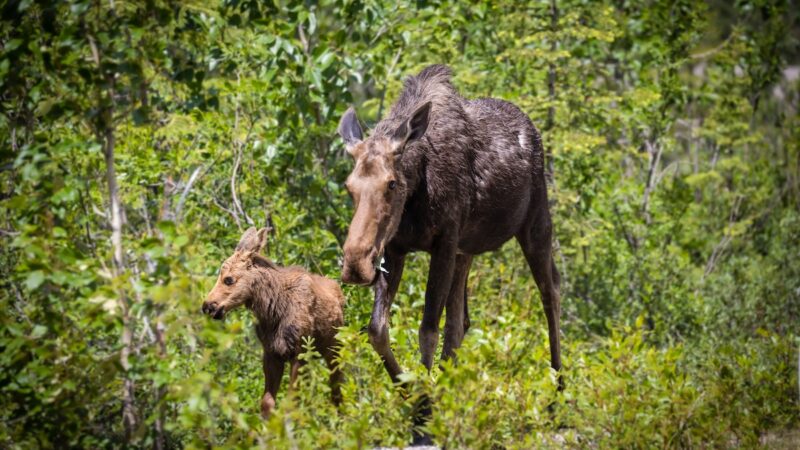The Foolproof Four: The 4 Easiest Wild Berries to Forage
Beginning foragers, it’s time to set out for a prickly adventure to find delicious wild berries. Common wild berries are often favorites to eat and easy to find, since they embellish bushes, decorate the edges of forests, and can be discovered in city parks.
Those new to picking berries (and discovering free snacks while foraging) should learn to follow the “berry rules,” and we recommend starting out your foraging journey with our pick of the “foolproof four” of berries.
Remember, never eat something you aren’t 100% sure about. Read on for beginner foraging tips and to discover our foolproof-four berries for safe and easy foraging.
Practical Tips for Foraging Berries
- Before you forage, learn the berry rules (see below).
- Beware of picking in spots at dog’s pee height.
- Avoid picking near busy highways, as the foods may be contaminated and have less flavor.
- Always ask permission if you’re picking berries on private land.
- Leave some for other foragers.
- It’s best to wash wild berries right before you eat them. Otherwise they may rot.
Learn the 5 Berry Rules
Memorize these five “rules,” so you can recall them when you’re foraging for berries in the wild:
- 99% of aggregated berries are edible. Aggregated berries are fruits that develop from multiple ripened ovaries of a single flower—think in clusters.
- 90% of blue, black, or purple berries are edible.
- 50/50 rule, which means half of orange and red berries are likely to be edible and half are more likely to be harmful. That’s a 50-50 chance of getting poisoned.
- 10% of white and yellow berries are edible.
- Avoid green, white, and yellow berries, as they are nearly always toxic.

The Foolproof Four of Berries
- Blackberries
- Raspberries
- Blueberries
- Mulberries
Blackberries
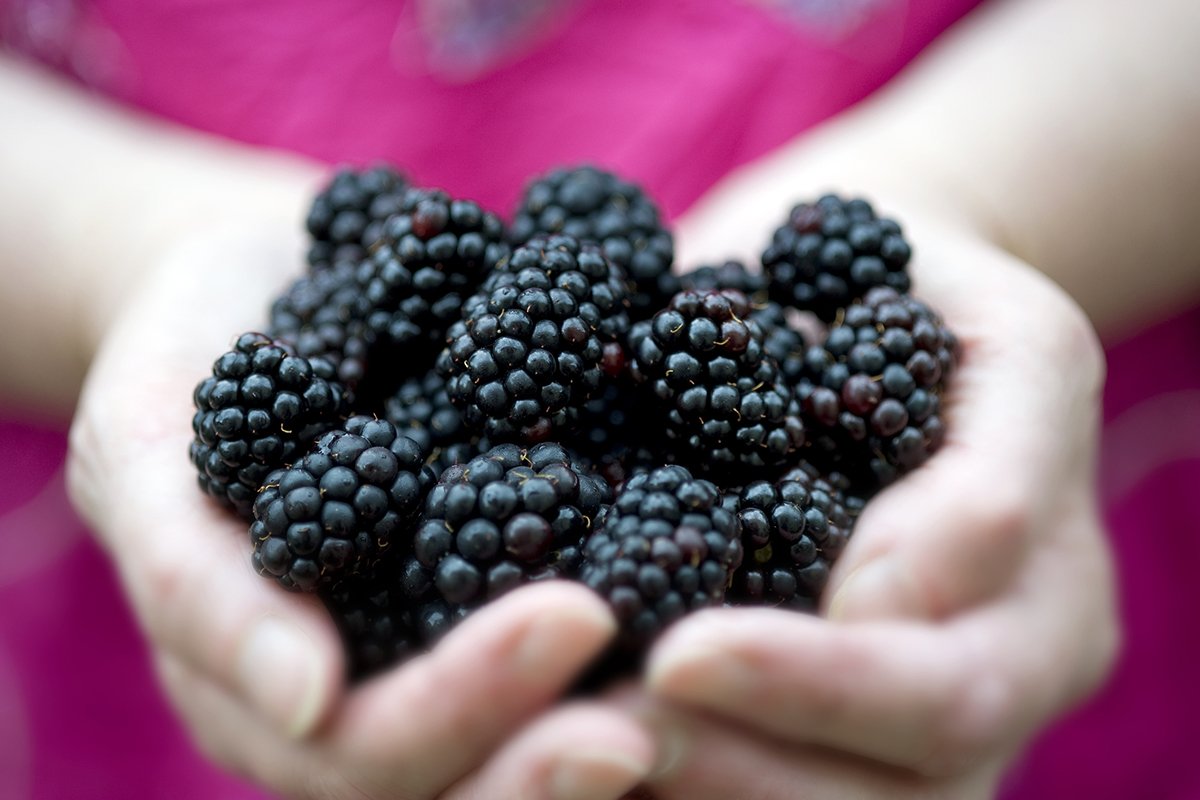
Blackberries are always black when ripe in summer. Watch out for their thorns on their stems and branches.
Blackberries are a completely foolproof berry for beginner foragers because they have no poisonous look-alikes, but make sure to test one in case they are sour and not quite ripe.
Wild blackberries are often found growing as weeds around homes, along roadsides, fences, and are especially common at the edges of wooded areas, as well the edges of farmlands, pastures, and country highways.
Raspberries
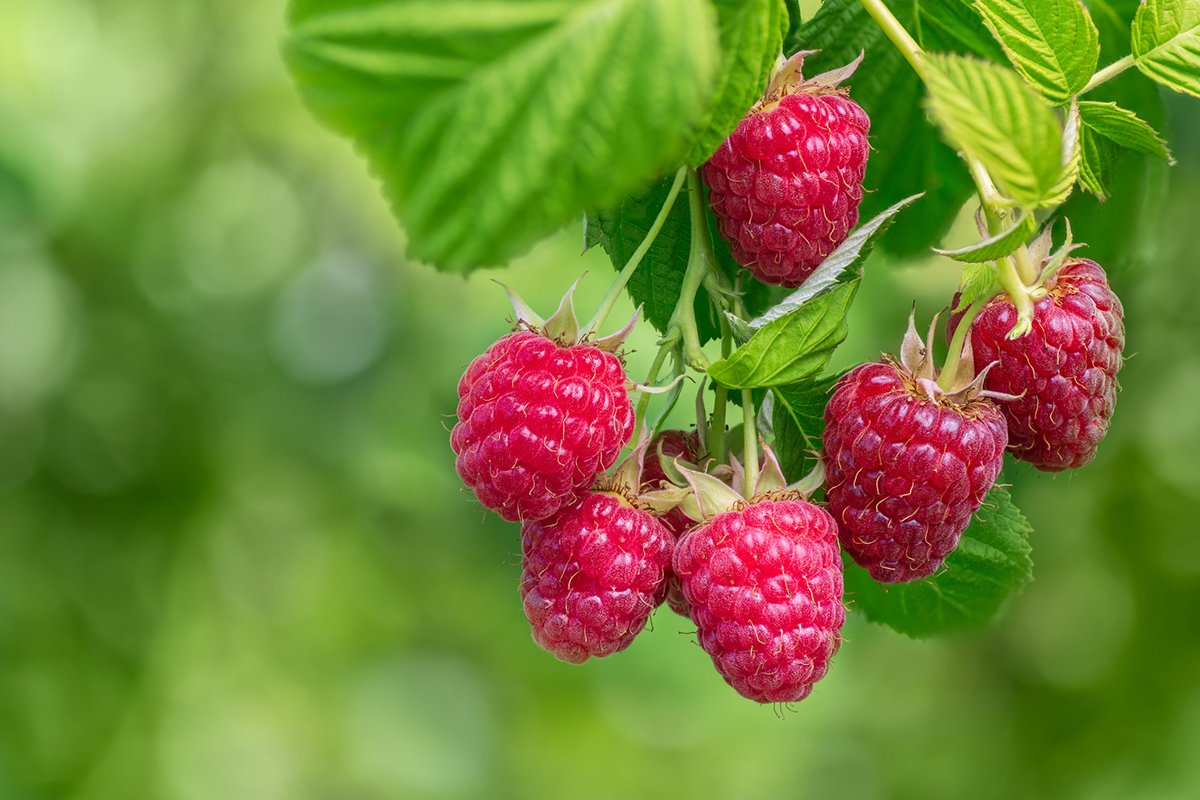
There are red and black raspberries. Wild raspberries are shaped like a cap and are hollow. Blackberries have a white core. Blackberries are larger and much shinier, while raspberries are smaller.
The red raspberry has small flowers with mostly erect petals that are hairy and bristly, and wild raspberry plants are thorny.
The raspberry look-alike is the cloudberry, a plant with white flowers and yellow-to-orange fruit resembling a raspberry. Luckily, those are also edible.
Raspberries grow from Alaska through Newfoundland, Canada, in North Carolina and Tennessee, and in Arizona, California, and northern Mexico.
Blueberries
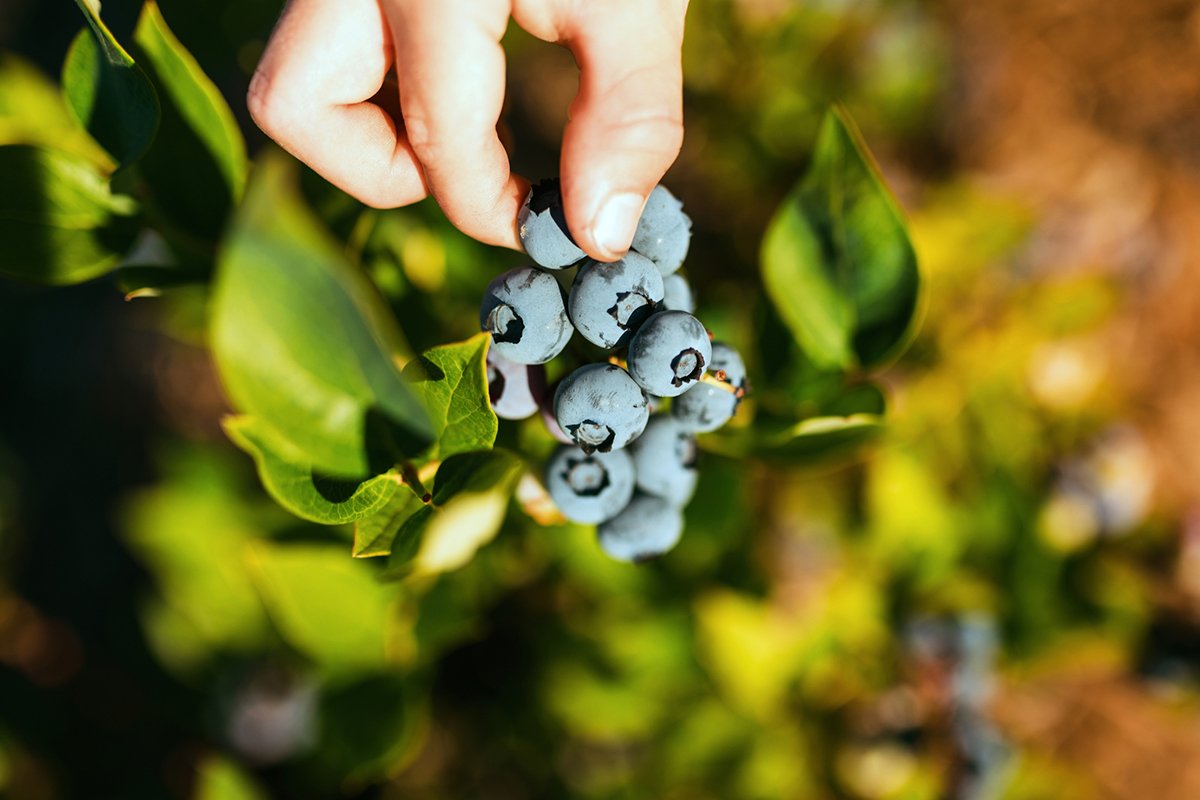
Wild blueberries are reddish or purple-black and grow on bushes that spread in masses of shrubs from 6-12 inches tall.
When ripe, they typically have a whitish “frosting” on the outside of the berry. The identifier of a wild blueberry is the presence of a five-pointed crown on the top.
Blueberry bushes have canes that grow right from the soil that are smooth without any thorns and leaves green or green-blue, with a glossy finish.
Wild blueberries are a bit smaller and more compact than grocery-store blueberries, taste sweeter, tangier, and more intense, and they provide 33% more anthocyanins and two times the antioxidant capacity of store-bought blueberries, so they are worth the hunt.
Blueberries are easily identifiable and recognizable and have many edible look-alikes like huckleberries, black chokeberries, and bilberries, but they do have a few doppelgangers to avoid.
Toxic Blueberry Look-Alikes:
- Virginia creeper berries are toxic, but unlike blueberries, they have green to burgundy-red foliage.
- Deadly nightshade berries grow on a shrub with vine-like branches. The berries start green, and then turn dark purple or almost black.
- Pokeberries may have a similar berry appearance as blueberries, but they grow on a pinkish stem and in a wand-like cluster.
Mulberries
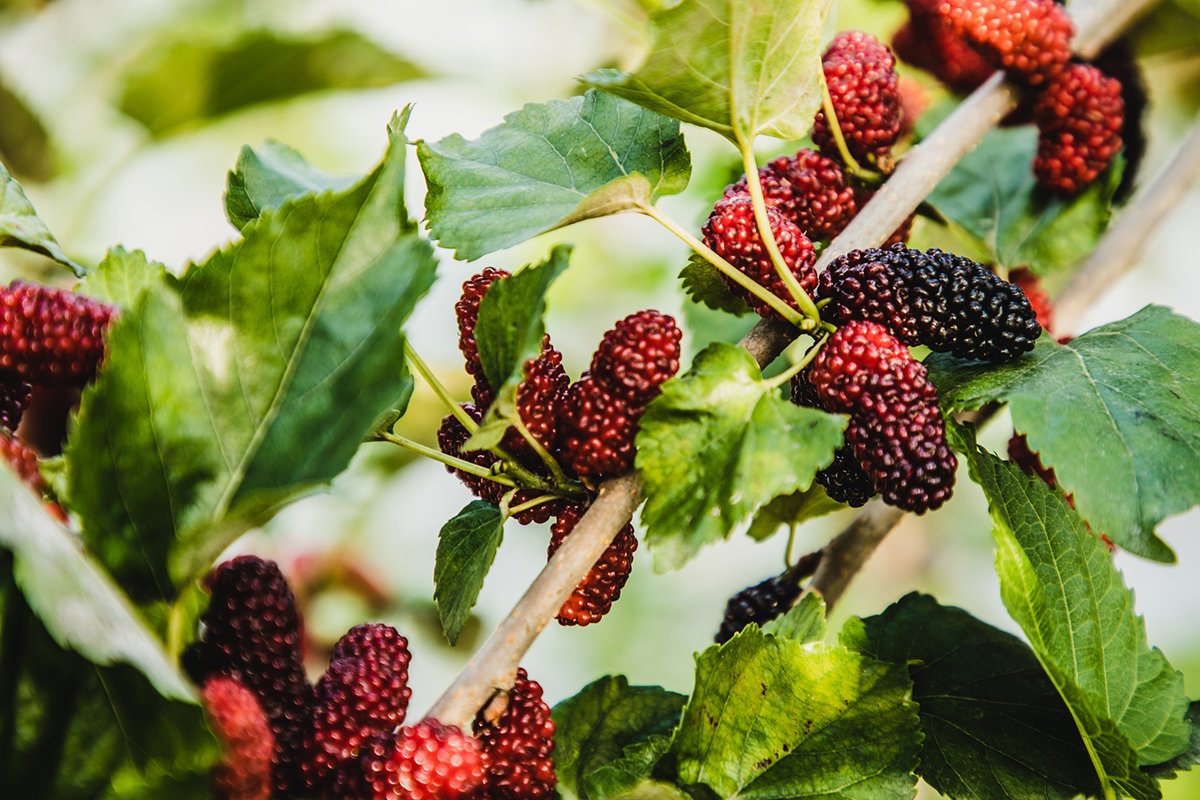
Mulberries can resemble a large blackberry or loganberry. These “berries” are really drupes, consisting of a cluster of tiny fruits, each with a seed. They are deliciously juicy with a sweet or sour taste, but watch out, because they’ll stain your hands and clothes.
The red mulberry ranges from red to black and is usually an inch long with a sweet-tart taste. The black mulberry is a bit larger at 2 inches and has a better taste.
You can pick mulberries right off the tree. Eat mulberries raw, put them into a pie, make jam, or put some on your waffles. They grow on large bushes or trees all around the U.S. near wooded areas, and, like raspberries, they should not be eaten when white and underripe.
One of the most famous uses for mulberry trees is to feed silkworms. Silk-spinning caterpillars almost exclusively eat mulberry leaves.
Wild mulberries are native to the southwestern U.S., across Texas and Oklahoma, and into northern Mexico. They are found in Ontario, Minnesota, and Vermont south to southern Florida, and west as far as southeastern South Dakota, Nebraska, and Kansas.
Source: https://outdoors.com/easiest-wild-berries-to-forage/





